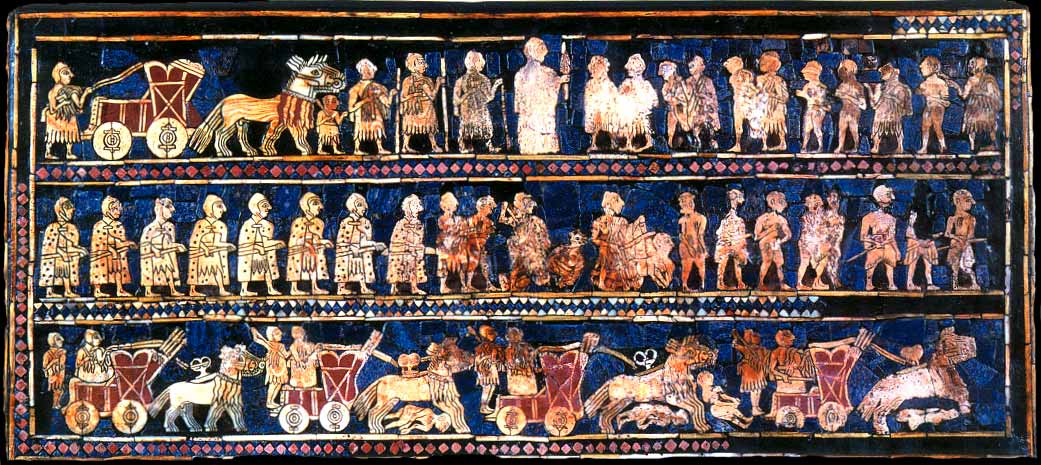This week, I’m unpacking all the boxes from our move still sitting outside my office.
Not putting everything away, mind you; my office in the new house has such a different layout from my previous office that I need time to figure out how to organize it. I'm merely taking the first step of getting things out of boxes and onto the floor.
While unpacking, I found books on HTML and making Web sites I've been looking for since we moved. Thank goodness! My science-writing site is terribly out of date, both in its code and in its facts, and now I can update it. I also found my three-hole punch, which has been a drag to live without.
And I found my trolls.
 One box contained treasures from my childhood. For decades, I’d moved this box from house to house without unpacking it. Yesterday, I opened it. Inside were my trolls, all eleven of them. How I loved creating a society and a social order for my trolls and those of my sister and friends!
One box contained treasures from my childhood. For decades, I’d moved this box from house to house without unpacking it. Yesterday, I opened it. Inside were my trolls, all eleven of them. How I loved creating a society and a social order for my trolls and those of my sister and friends!What I had not remembered was how much time I spent sewing outfits and dressing the trolls for their roles. The male trolls got short shrift. Other than a Robin Hood outfit, I found I had made them only plain-jane shirts and pants.
The female trolls were luckier. All were wearing earrings, and one still had on the Play-Doh lipstick I’d applied 40 years ago as well as a rope of fake pearls. My trolls must have had quite the social life; I’d sewn them dozens of ballgowns, some of velvet, and almost all decorated with embroidery, rhinestones, or lace or other trims. They had two fur coats I made from a rabbit pelt. (Note: I disapprove of killing animals to make fur coats.)
Now that I’m grown, have I put away childish things? Definitely not. I’ve merely changed venues. My worldbuilding and costuming now occur on the pages of short story and book manuscripts, and sometimes, glory of glories, I actually get paid for it!
Thank you, trolls.
How about you? Did your choice of toys as a child prefigure your current vocation or avocation?
✥✥✥✥✥✥
Odds and ends
 1. My critique partner Farrah Rochon, who was interviewed on this blog on 16 May 2007, celebrated the release of her second book yesterday. Release Me, a contemporary romance novel set in New Orleans, is available from local bookstores and online from Amazon.com and Barnes and Noble. Hip hip hurrah for Farrah!
1. My critique partner Farrah Rochon, who was interviewed on this blog on 16 May 2007, celebrated the release of her second book yesterday. Release Me, a contemporary romance novel set in New Orleans, is available from local bookstores and online from Amazon.com and Barnes and Noble. Hip hip hurrah for Farrah!In a move sure to further annoy black writers already angry about segregation of their books in bookstores, Amazon.com lists Release Me with a subtitle not on the book itself: African American Romance. Don’t worry: No clerk will compare your inner arm to a Skin Reflectance Chart before allowing you to purchase it. Release Me is suitable and enjoyable for people of all colors.
If you are concerned by the trend of younger and younger children wearing make-up, dressing like prostitutes, and mimicking the sexy moves of pop stars, stop by Ello’s blog Wednesday and join in the discussion.










